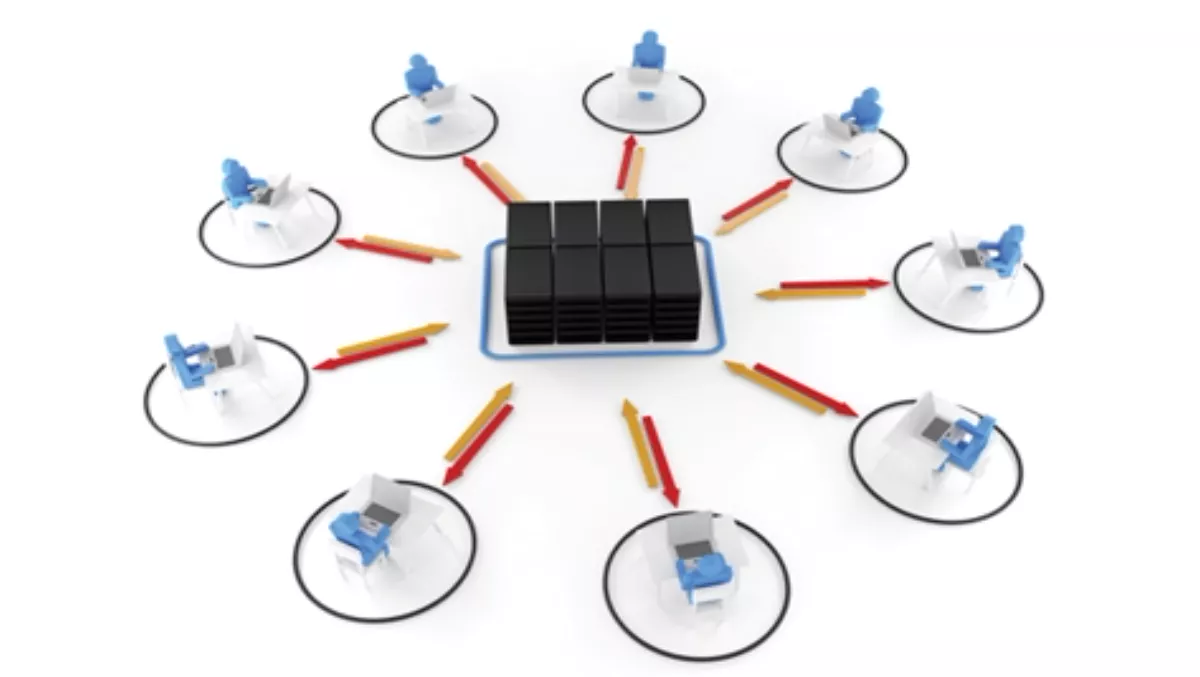
SDN vision points to simpler, cheaper networks
While SDN is touted as making underlying hardware irrelevant, switches remain critical says Extreme Networks' John Gonzalez.
It will not be easy to build a resilient SDN-controlled network infrastructure that enterprises feel comfortable using. Even without the control plane, switches still need to deliver high levels of availabilityand performance, since capabilities like failover, link aggregation and self-healing automatic process restart must be handled at device level.
So SDN is not expected to kill network switch vendors. Instead, we see the industry evolving along two distinct paths. In the first, network vendors will continue to build switches and fabrics that simplify and automate network functions. In the second, vendors will build a portfolio of switches - from core to edge - specifically optimised for SDNs yet capable of performing at high levels. In both cases, switch innovation will be essential.
Many core concepts of SDN, like centralised control, are already incorporated in leading vendors’ products. At least one network operating system has open APIs that allow central control and integration with security and other appliances. Interoperability among vendors is another key factor, and a dedication to open standards and interoperability is essential, preferably supporting the OpenFlow protocol and OpenStack Quantum initiatives.
While a complete industry transformation to SDN-enabled networks will likely take years, companies are starting to prepare their networks. In order to migrate to SDN, switches need to support both traditional functionality and SDN protocols - the most popular being OpenFlow. Straddling both traditional switching and SDN capabilities will add complexity to switch design, and only proven network vendors can deliver the innovation required.
Finally, SDN will likely provide opportunities for switch vendors to differentiate themselves. The leaders have already adopted SDN, productising OpenFlow in a generally available and supportedrelease. As customers transition to SDN, the vision will not change: offering customers maximum choice by deploying the architecture that best suit their business needs.
John Gonzalez is ANZ manager for Extreme Networks which delivers network-powered innovation backed by service and support.

